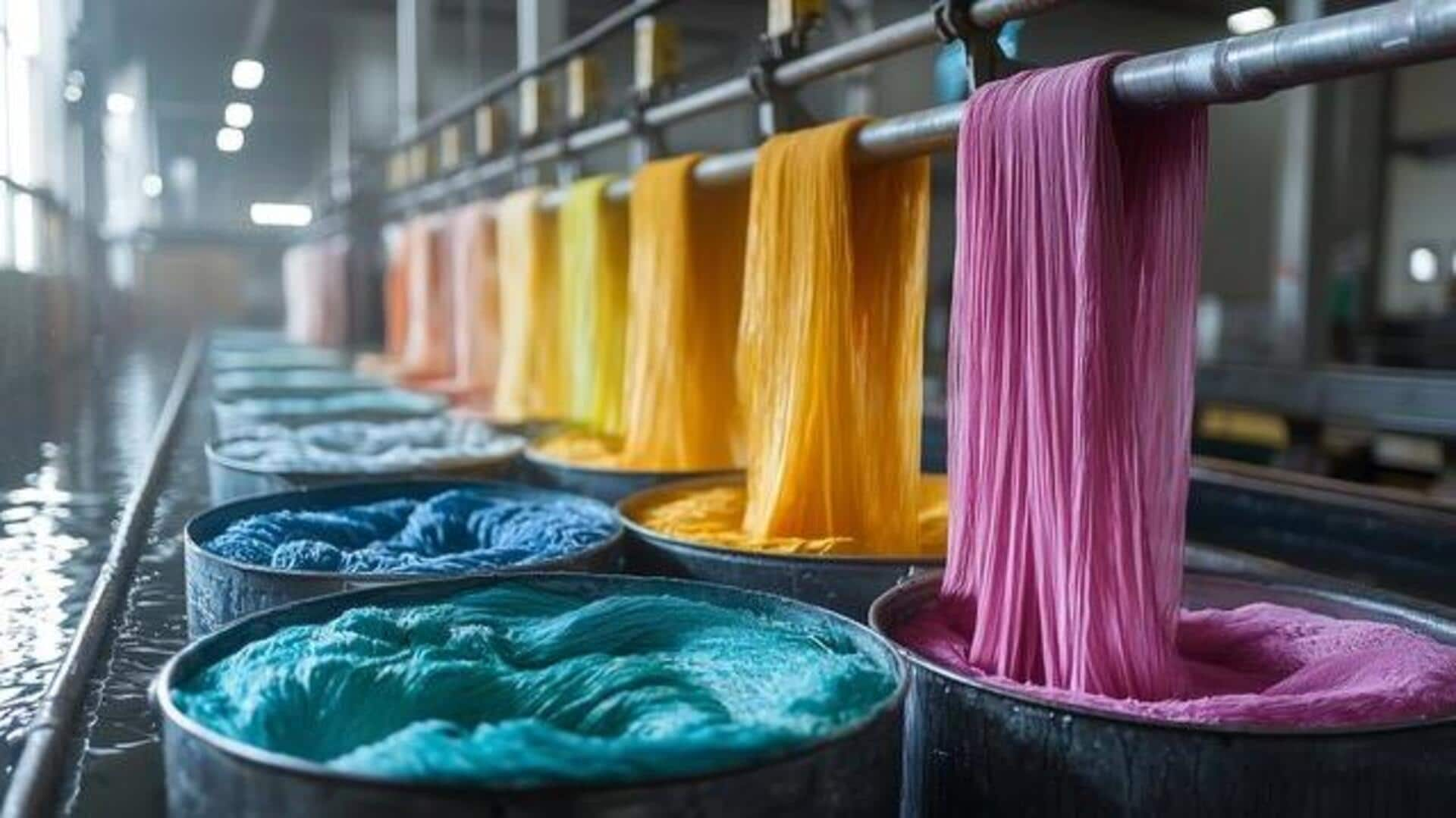
All about fabric dyeing
What's the story
African fabric dyeing is a colorful blend of artistry and tradition. The craft of dyeing involves using natural dyes and intricate techniques to create stunning patterns on textiles. Be it a beginner or someone looking to hone the skills, knowing the basics of African fabric dyeing can bring you one step closer to creating beautiful fabrics. Here's how you can do it like a pro!
Fabric selection
Choosing the right fabrics
Selecting the right fabric is critical to successful dyeing. Natural fibers such as cotton, linen, and silk are perfect as they absorb dyes well and highlight colors beautifully. Synthetic fabrics may not give the same result, as they tend to resist absorbing natural dyes. Also, pay attention to the texture and weight of the fabric; lighter fabrics often show intricate patterns better than heavier ones.
Dye knowledge
Understanding natural dyes
Natural dyes are derived from plants, minerals, and other organic sources. The most common materials used are indigo for blue hues, henna for reds, and turmeric for yellows. Each dye has its own properties, affecting color intensity and durability. Experiment with different combinations to achieve desired shades, keeping in mind that natural dyes may vary slightly in color depending on environmental factors.
Application methods
Mastering dye application techniques
There are several techniques for applying dye to fabric, each producing distinct effects. Batik involves using wax to create resist patterns before dyeing. Tie-dye uses folding or tying methods. Mud cloth employs fermented mud as a resist agent before adding color. Practice these techniques on small samples first to understand how they interact with your chosen fabrics.
Color fixation
Setting colors permanently
To ensure colors don't fade over time, it's important to fix them properly after dyeing. This process usually involves rinsing dyed fabrics in a solution of water mixed with vinegar or salt. It helps set the colors by changing pH levels or binding agents within fibers themselves. This ensures longevity without fading during washing cycles later down the line.